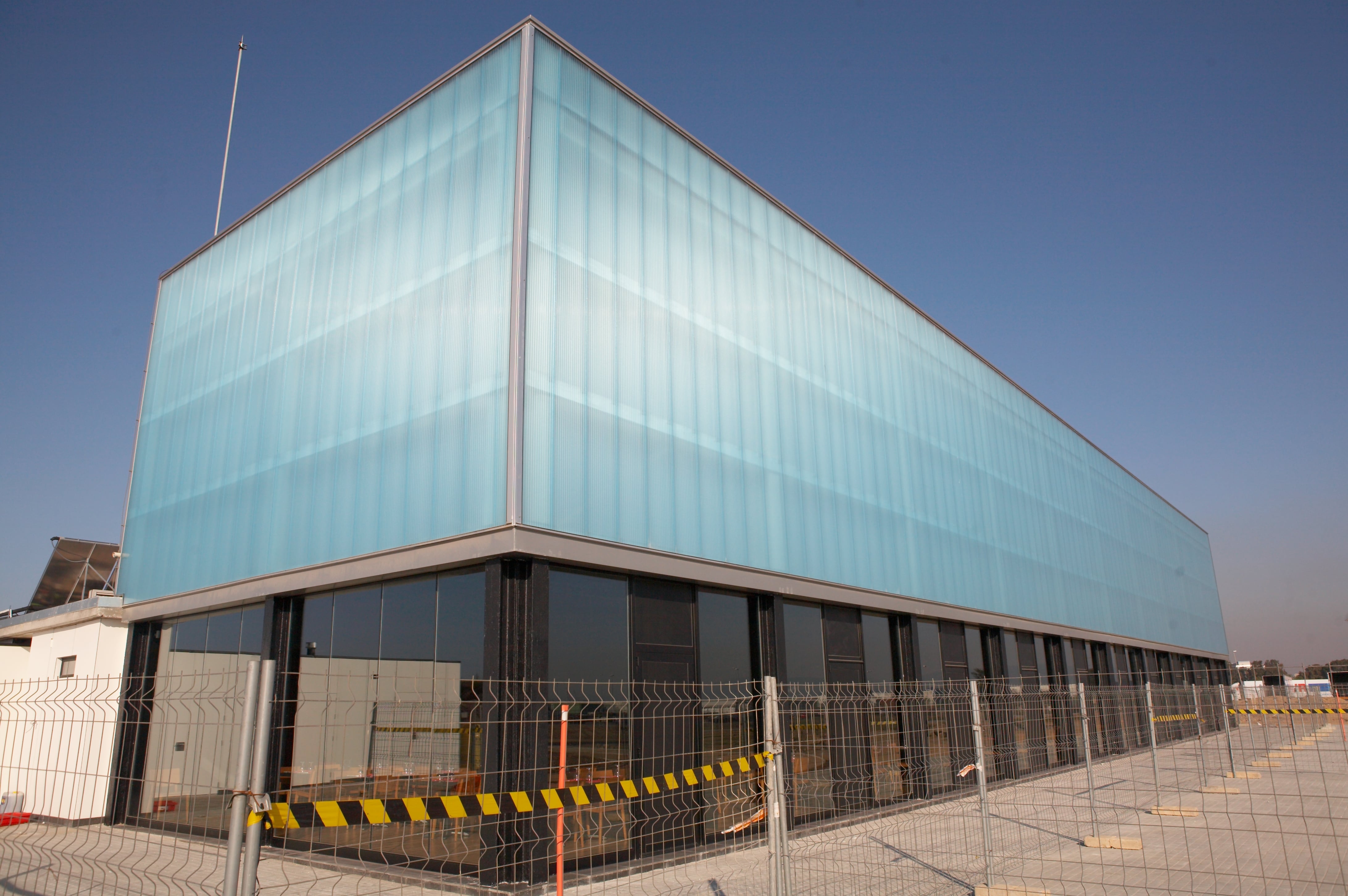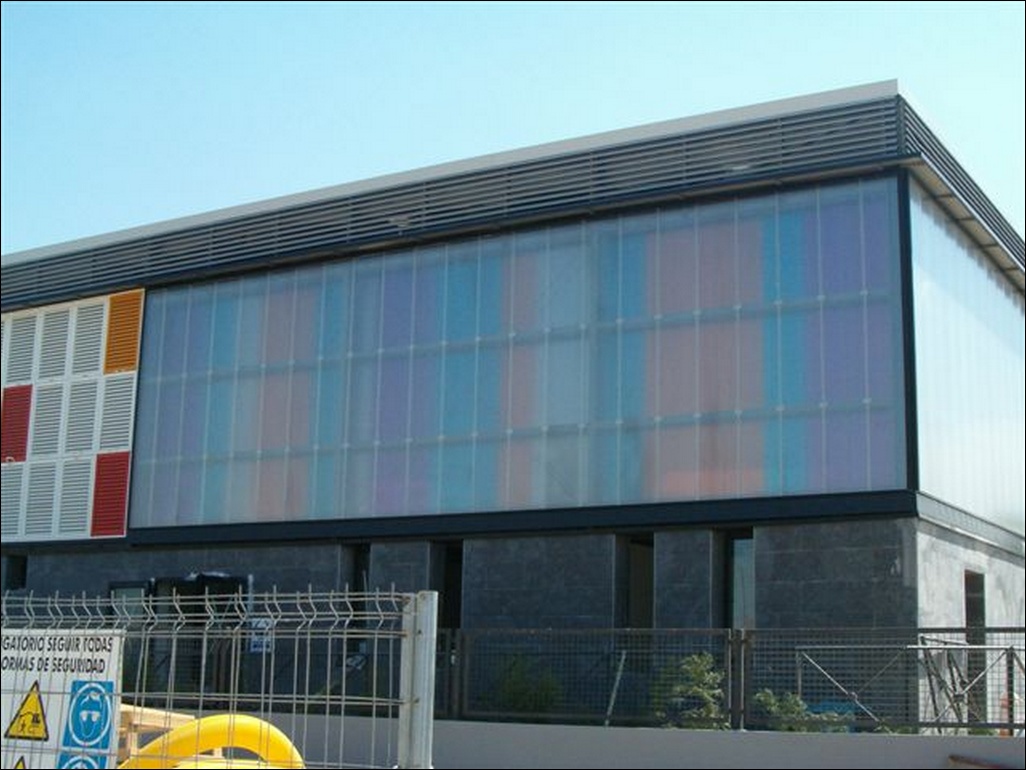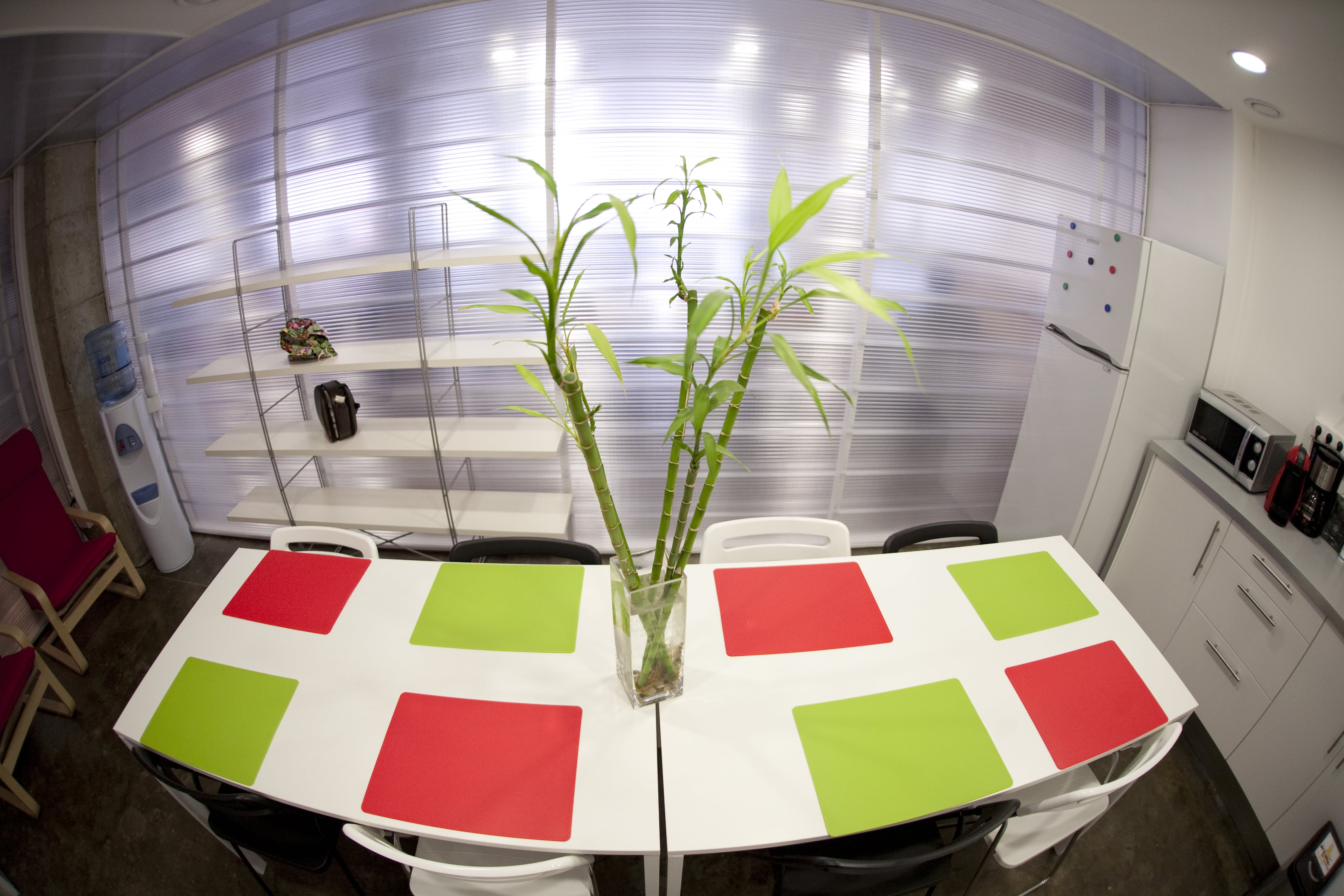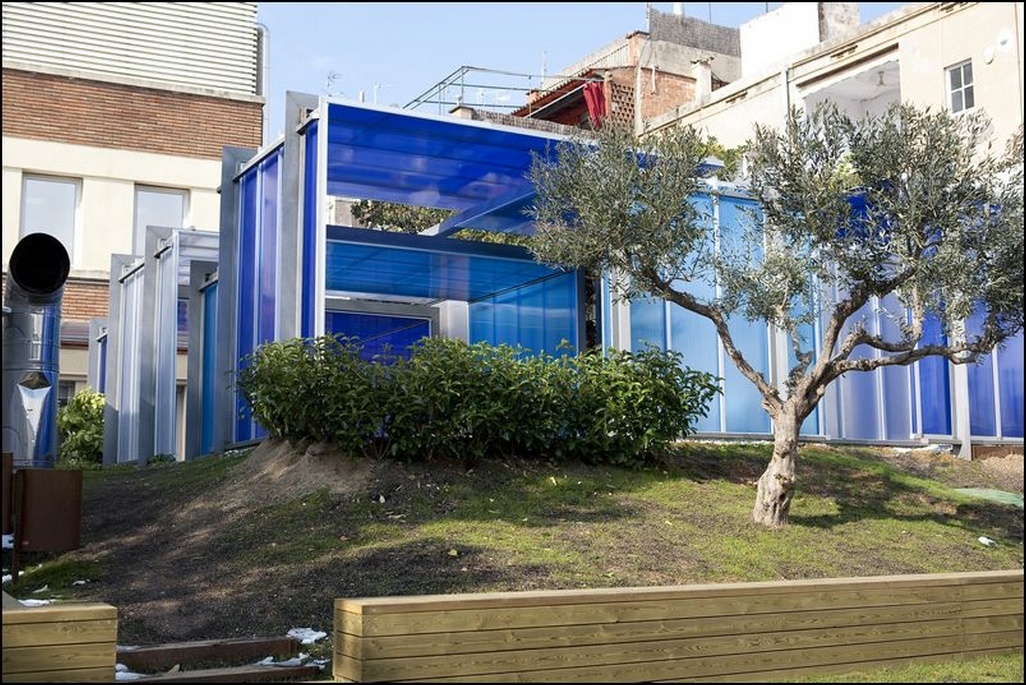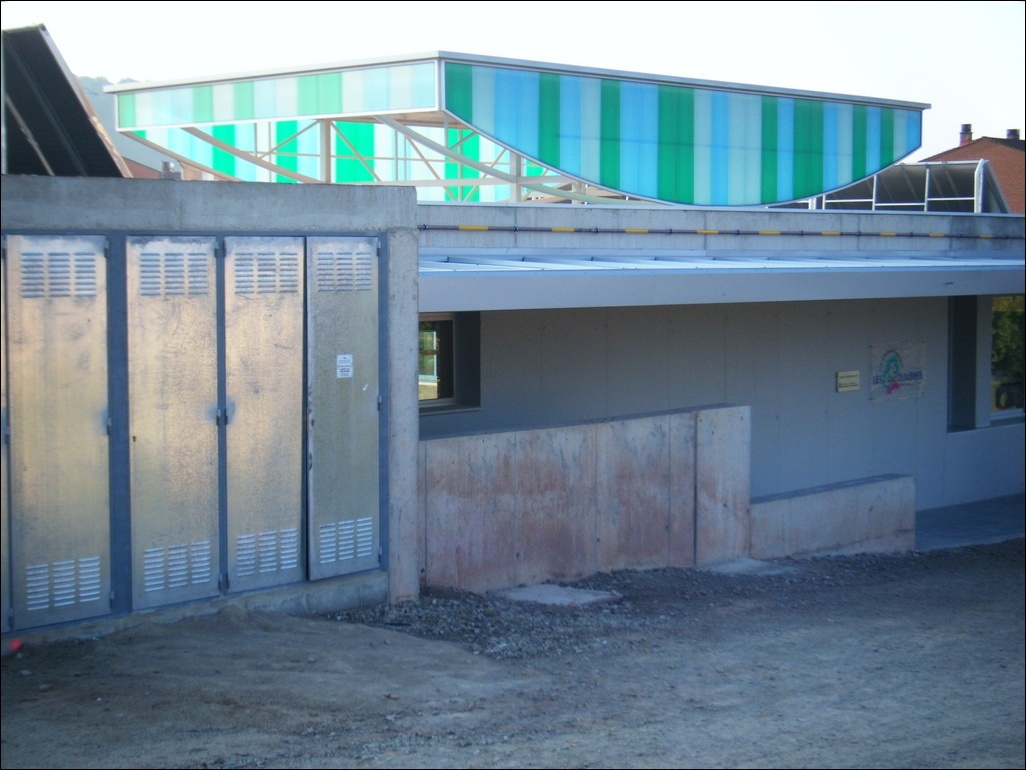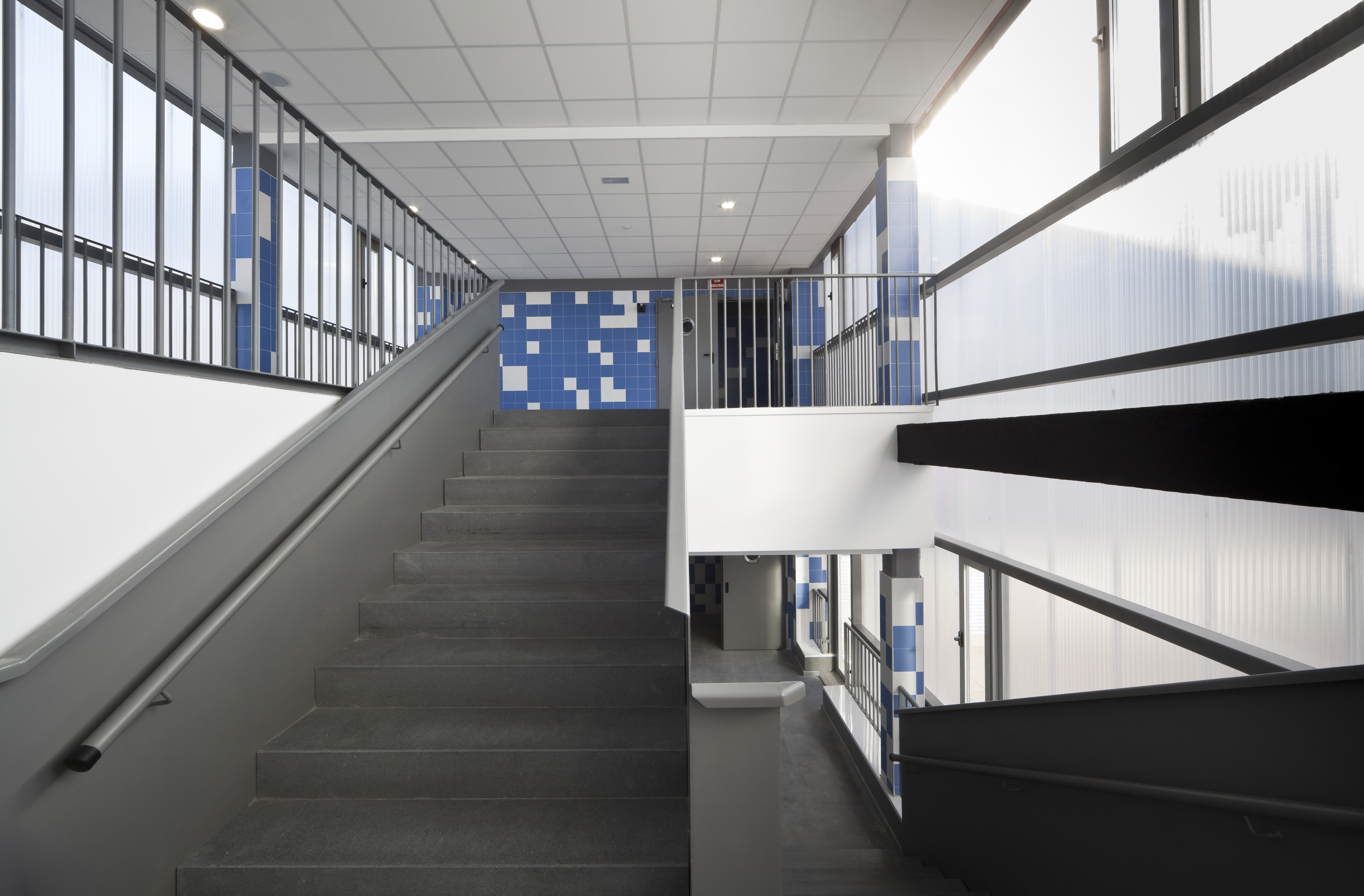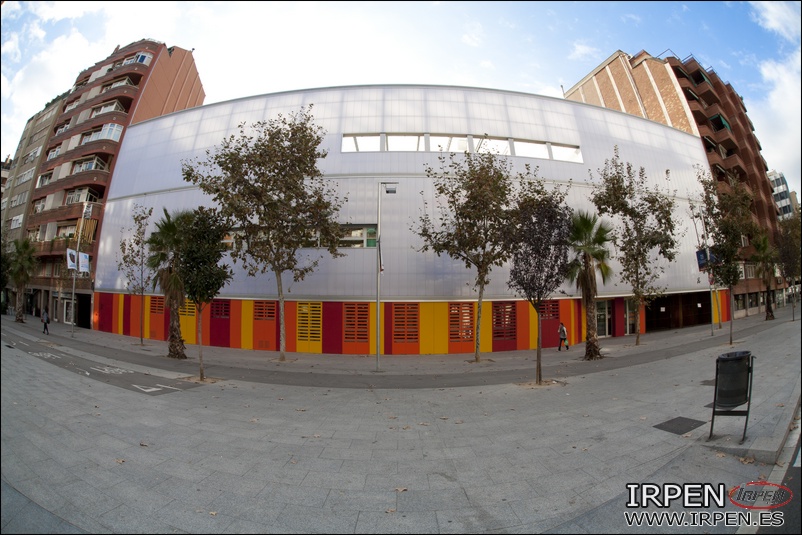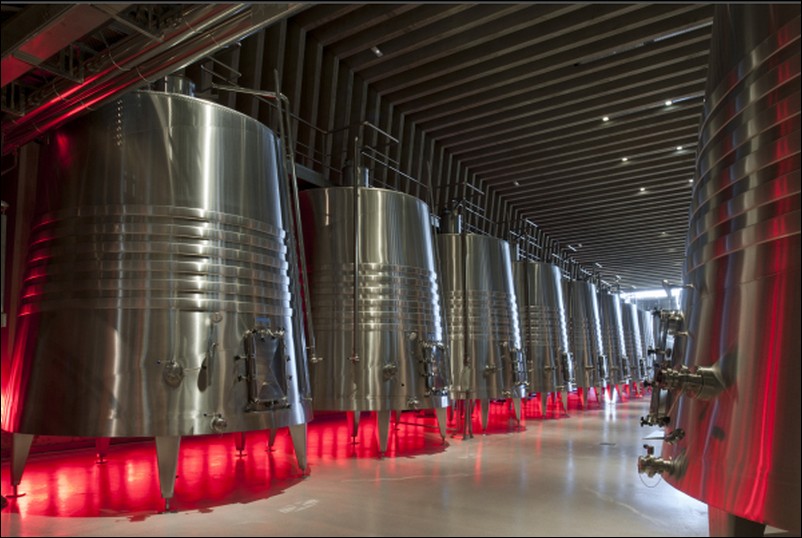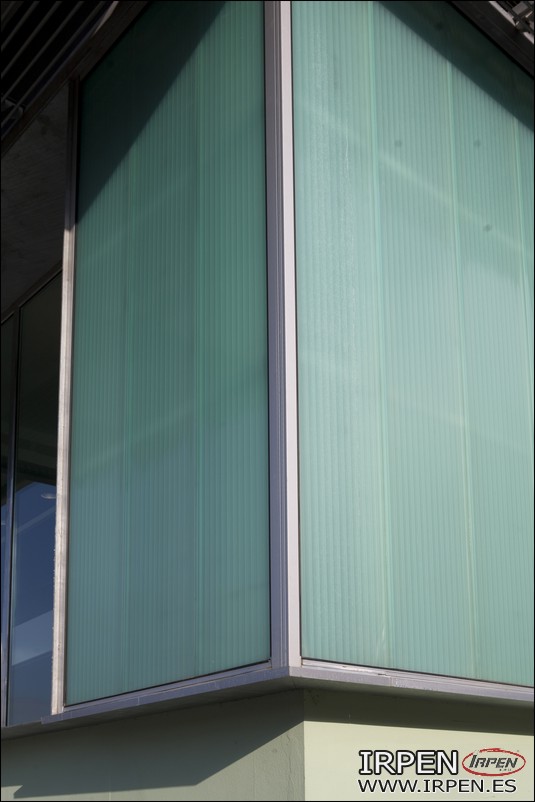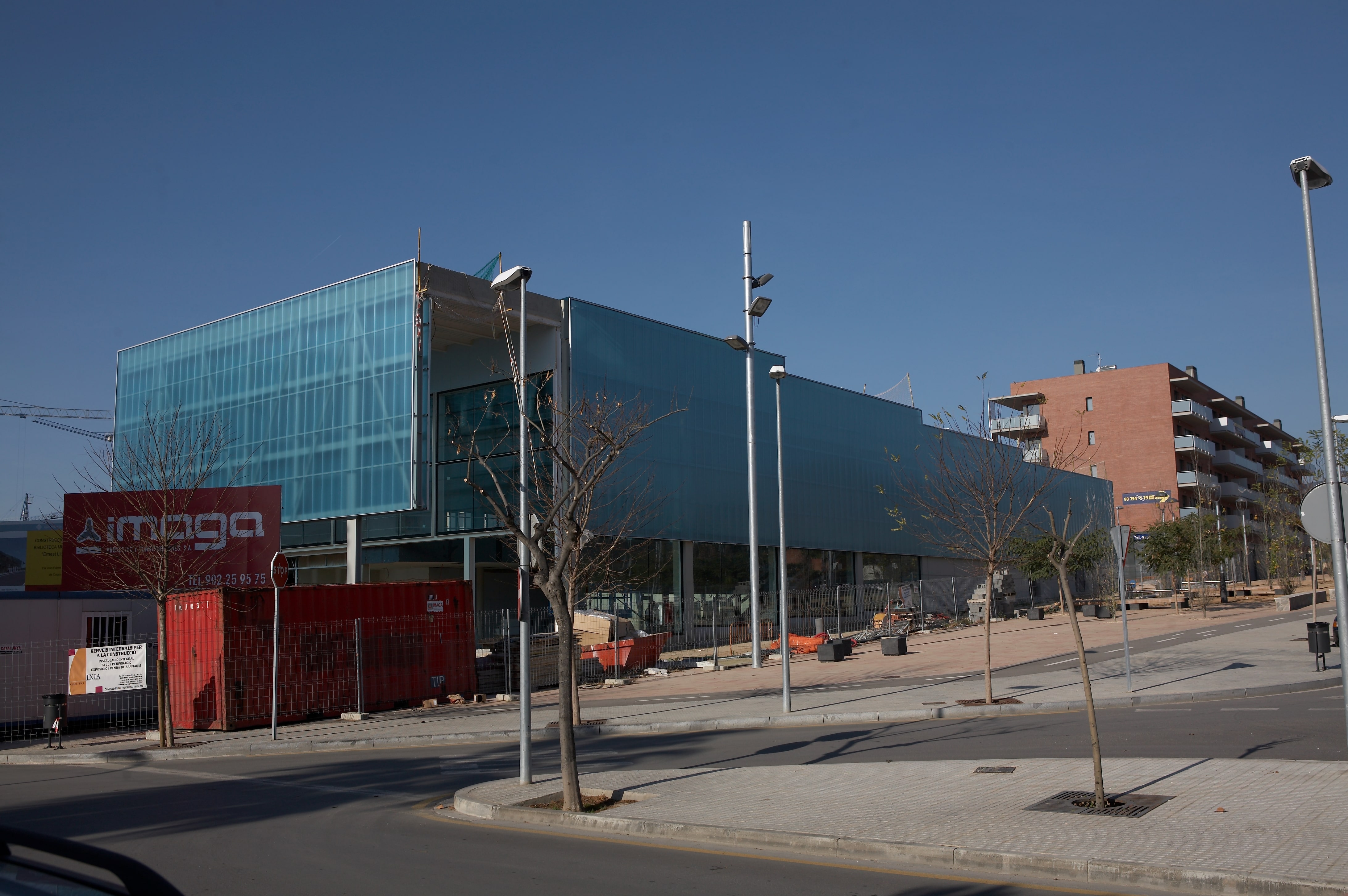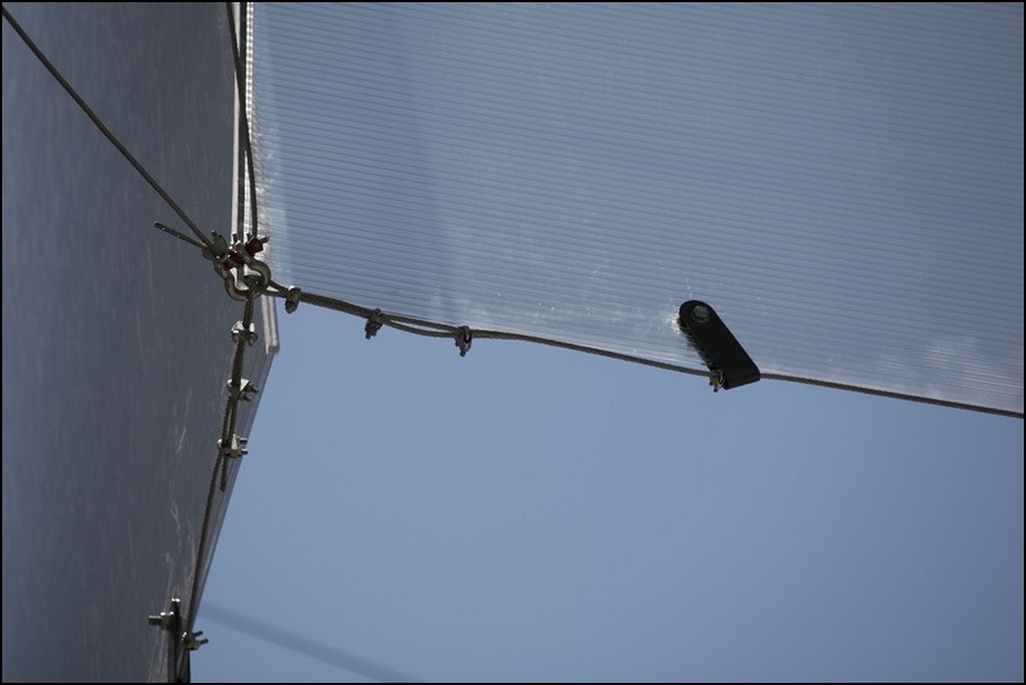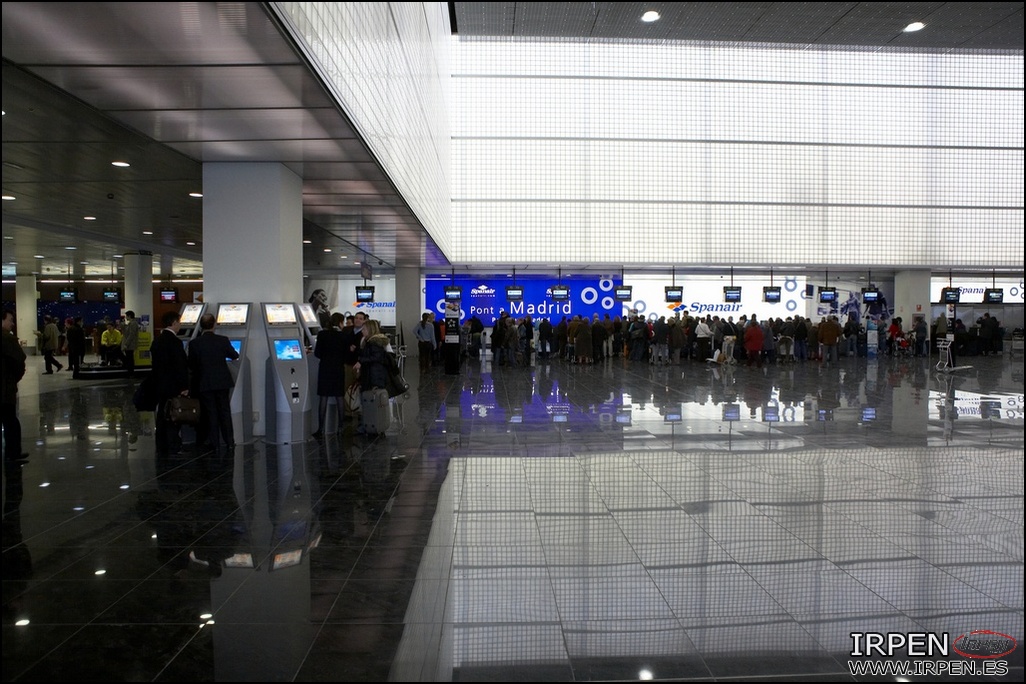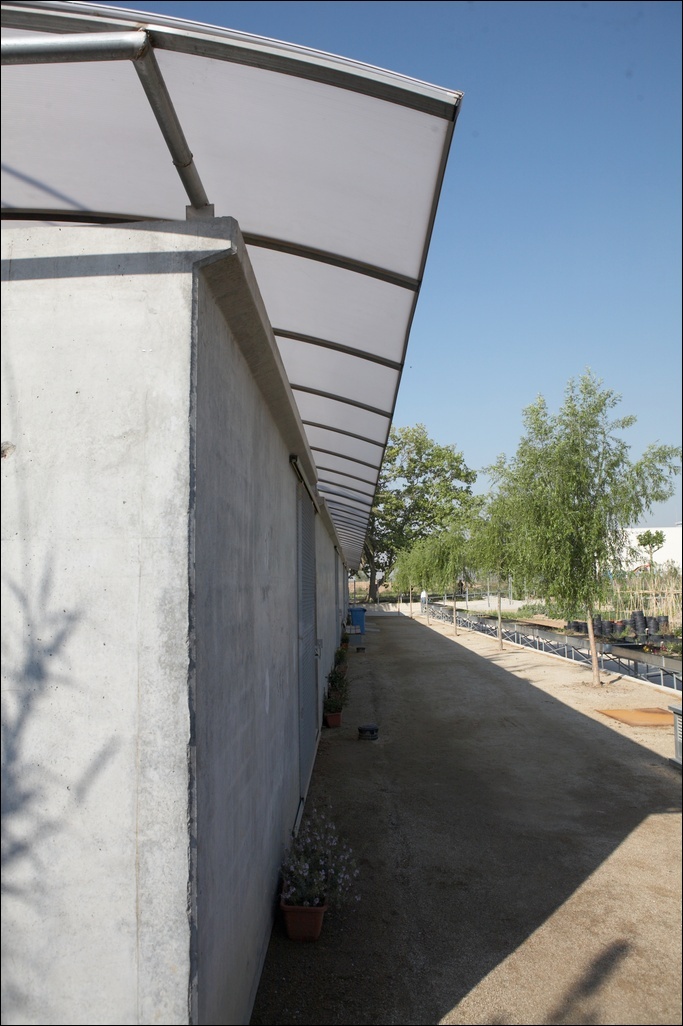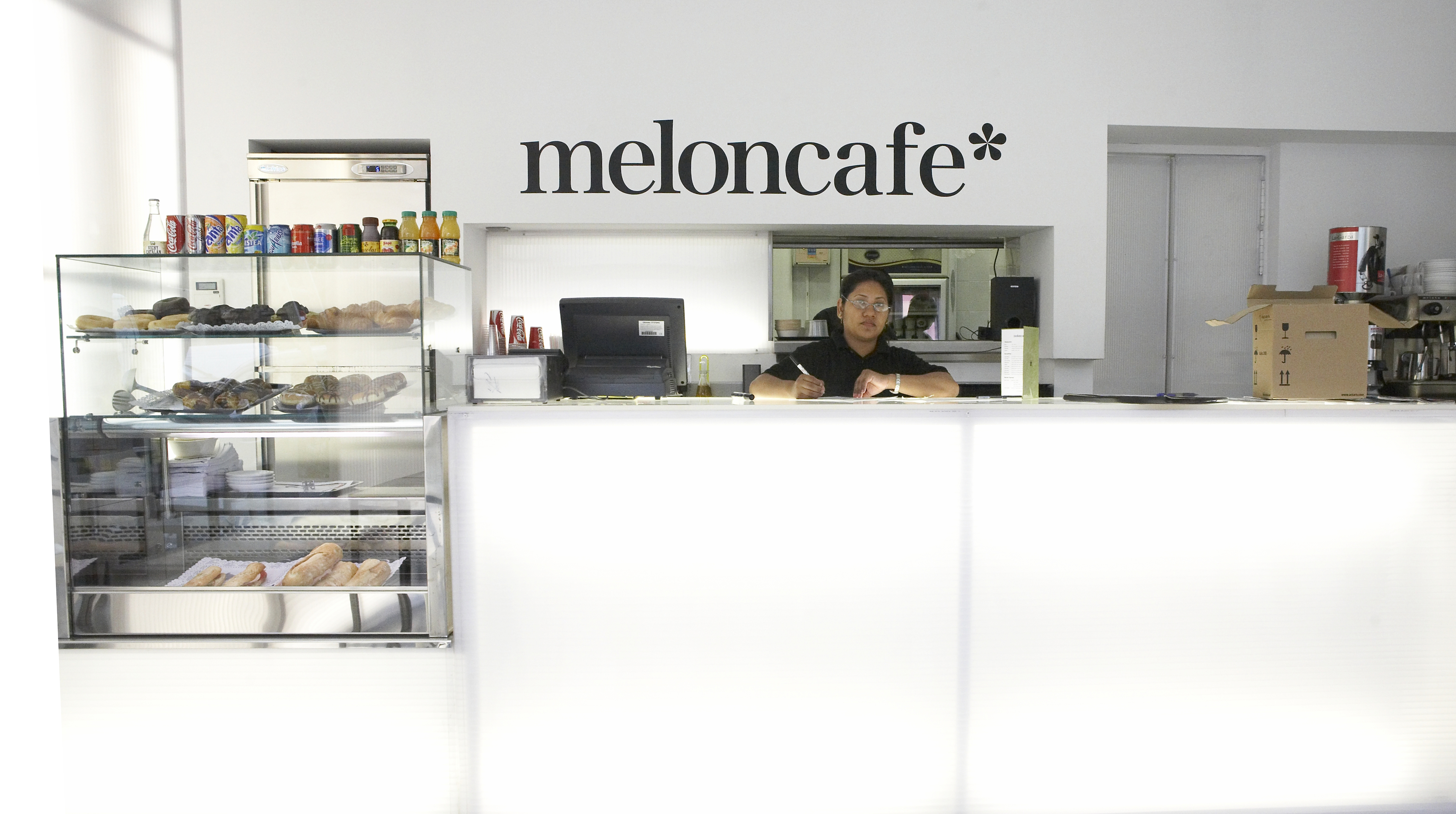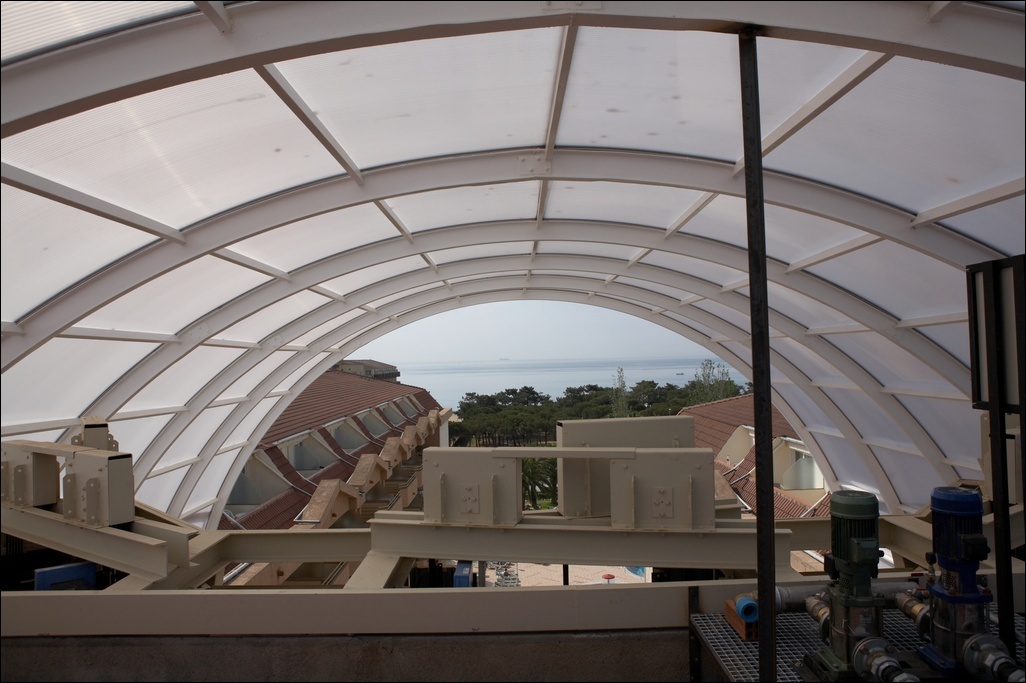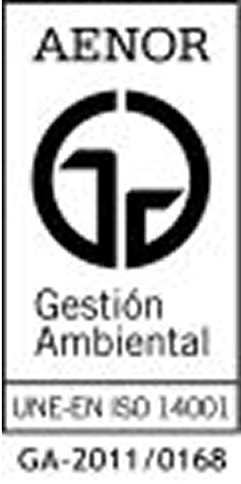Akyver - Multiwall Polycarbonate
Cellular polycarbonate - From the laboratory to the museum.

El polycarbonate was created in 1928, but it wasn't until the late 1950s that production processes were developed. The material was slow to be placed on the market, but thanks to its many advantageous properties, it gained a foothold in it during the 80s.
Its high impact resistance, on the order of 200 times greater than that of glass, is the most outstanding property and the one that allows it to be produced in honeycomb sheets, also known as cellphones, with walls of reduced thickness and consequently with relatively low cost.
El cellular polycarbonate, with a transparent and translucent appearance, it is a very versatile thermoplastic, it is a thermal, lightweight and manageable product. Used recurrently to create brighter and warmer roofs and roofs of buildings or interior design solutions that are currently very successful.
Almost a century ago, the chemists at the Bayer and G.E. laboratories perhaps thought that the material they had just produced would triumph in sectors such as glazing and construction. It is possible that they imagined its use in interior design, but they would hardly imagine that this new material could one day enter museums converted into a work of art.

Although the first synthetic plastics appeared in the first half of the 20th century, it was in the second half that they experienced faster development and expansion. These materials, which were very useful in the industrialized era, were used by artists in countless works.
At present, an artist who works recurrently with plastic materials and especially with the Cellular Polycarbonate It's the Madrilenian Maria Aranguren.

María Aranguren's work is framed within abstraction. The substantial elements it manages are: composition, color, the presence of light, geometry and chance.
He researches the plastic field of colors, pigments, shapes, transparencies, glazes and glitters, delving into the very act of painting. With an apparently minimal repertoire of visual elements, he manages to convey a maximum of visual intensity, proceeding with restraint when working analytically, carefully rehearsing the possibilities he develops through series of works.
For more than ten years, he has focused his work on researching the possibilities of plastic expression of cellular polycarbonate. The implicit grid of this material serves as a compositional support while offering the opportunity to introduce illusion and imagination, bringing a great formal richness to the work.
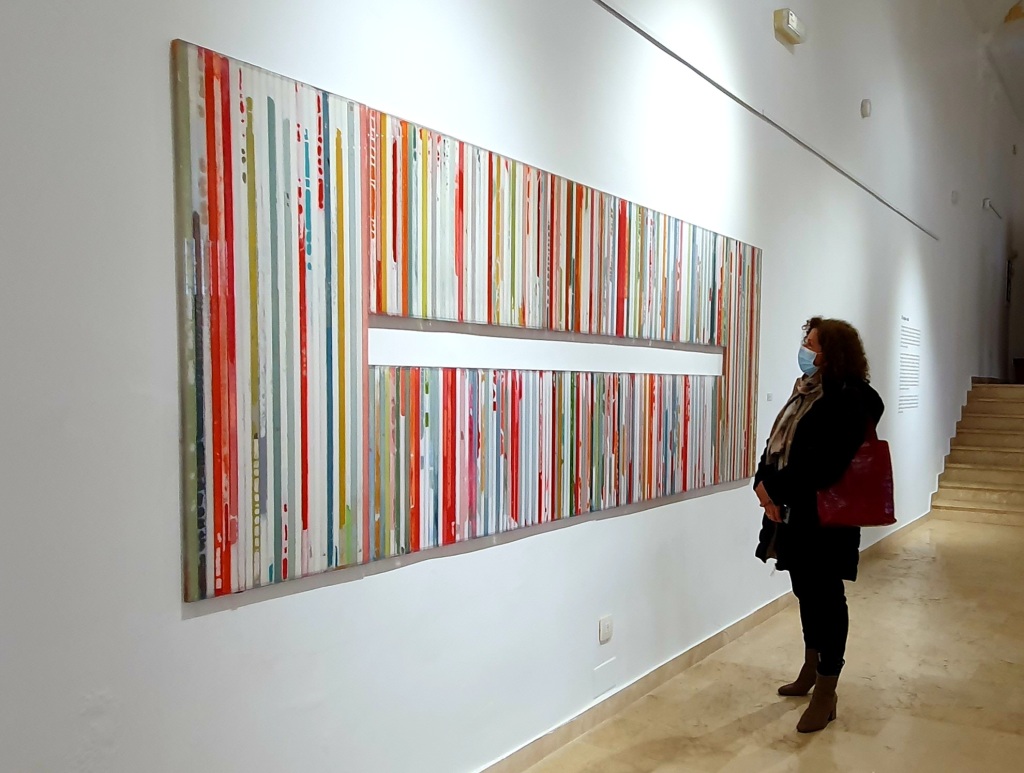
The plates of cellular polycarbonate which the artist uses for most of her work, and which characterizes her, are formed by sequences of hollow grids that Aranguren uses to house paint or other materials, which run along the plates and find their place inside. Its nature as a container transforms the support to a certain extent into space, a space that creates an inaccessibility to the paint, to the content. Thus, when we face one of these pieces, we witness a subtle dialogue between the image and the spatial, where the linear fragments, the voids and the juxtaposed layers, know how to turn into fields of color full of emotion and vitality.
Approaching these pieces from the order offered by the support allows you to unleash exploration, chance and play. The resulting images resonate with immediate visual power. The exercise of intuition marks the artist's work, which denotes the yearning for a balance between the chaotic state and the order of things as one of her fundamental concerns.
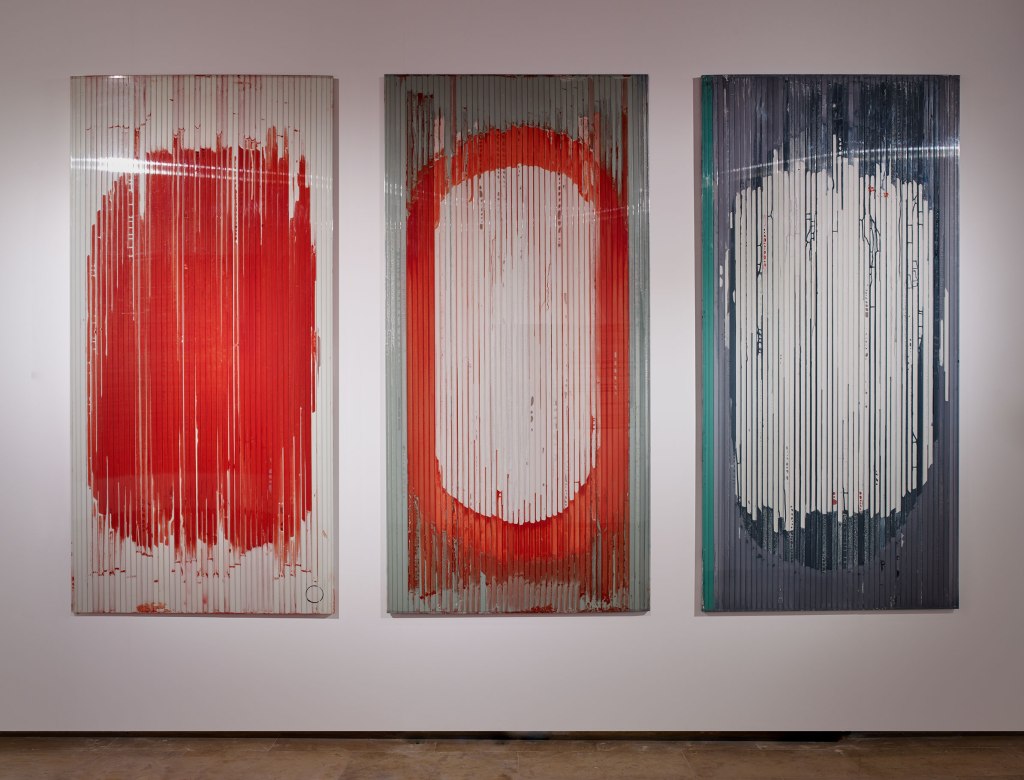
Aranguren is located in a field of work where painting is unavoidable, but based on languages, processes and forms that result in works where the three-dimensional and the corporeal acquire decisive importance, moving the boundaries of the pictorial and generating intense relationships between the notions of the physical and the intangible.
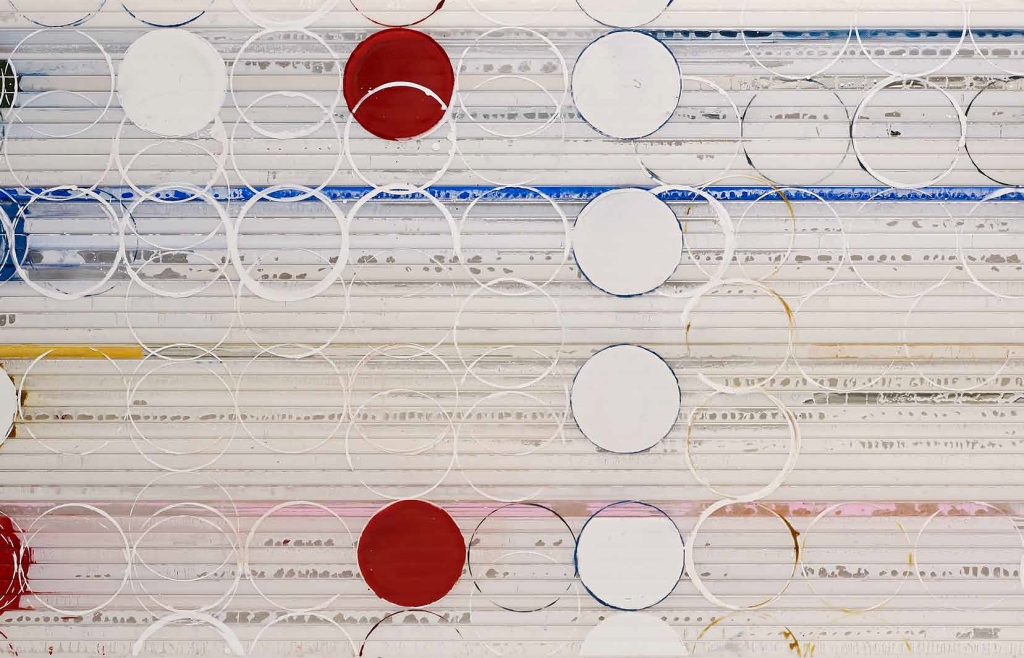








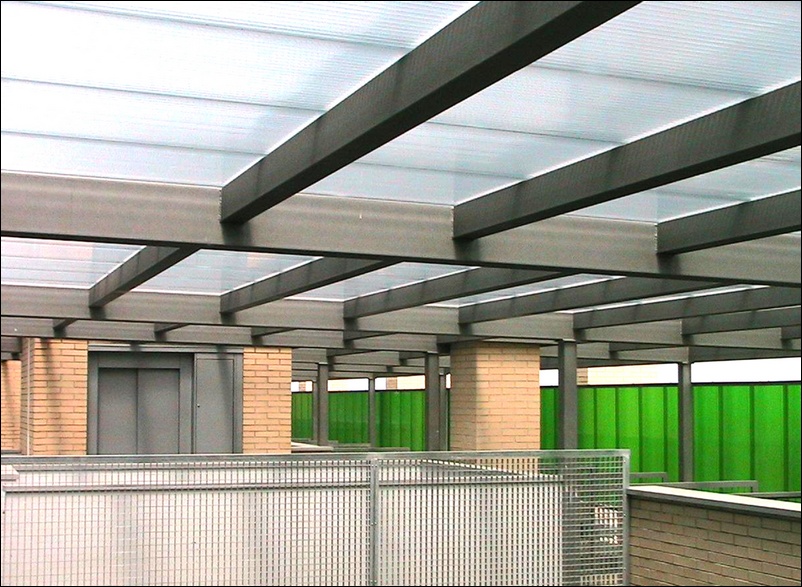


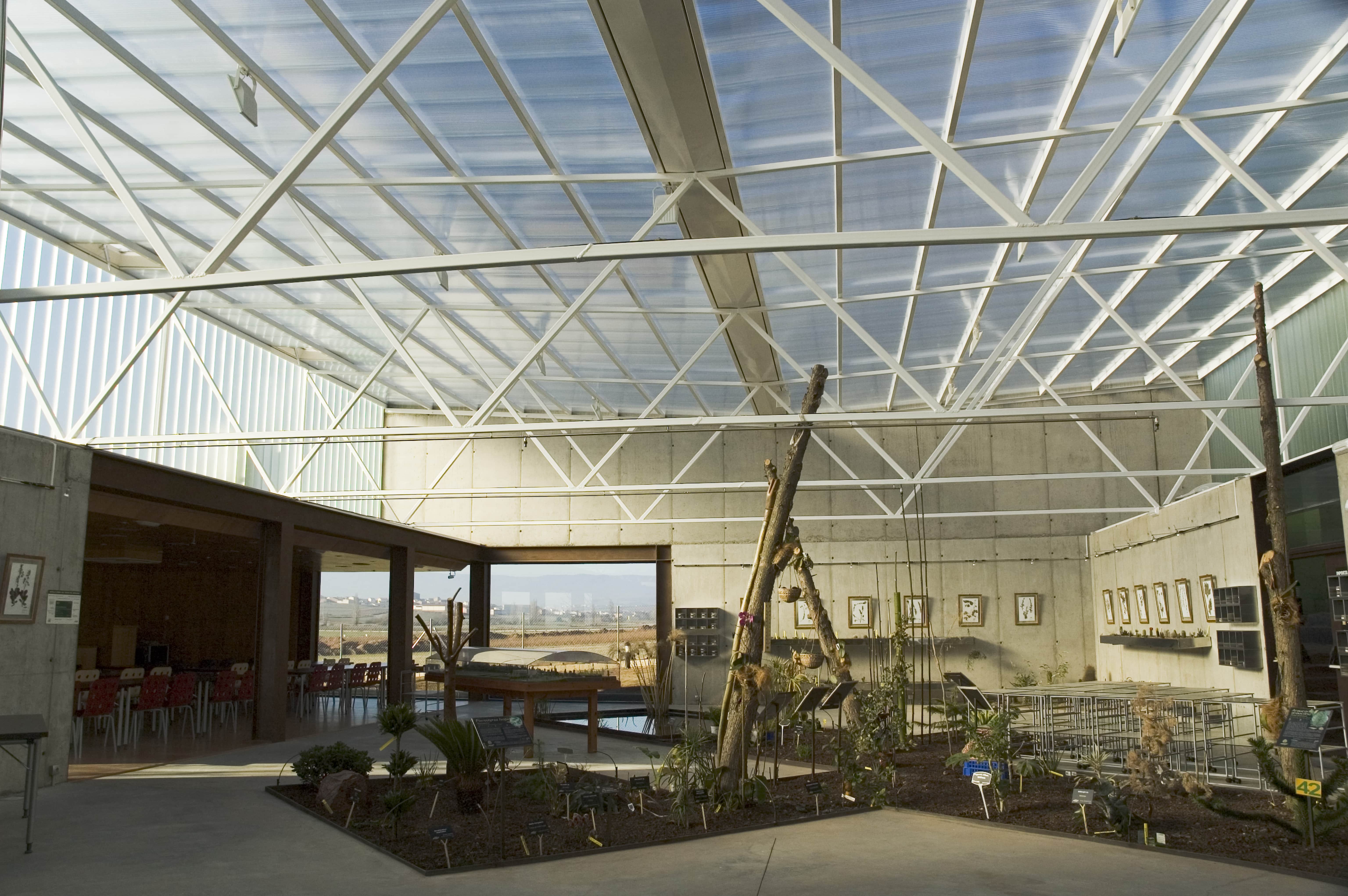
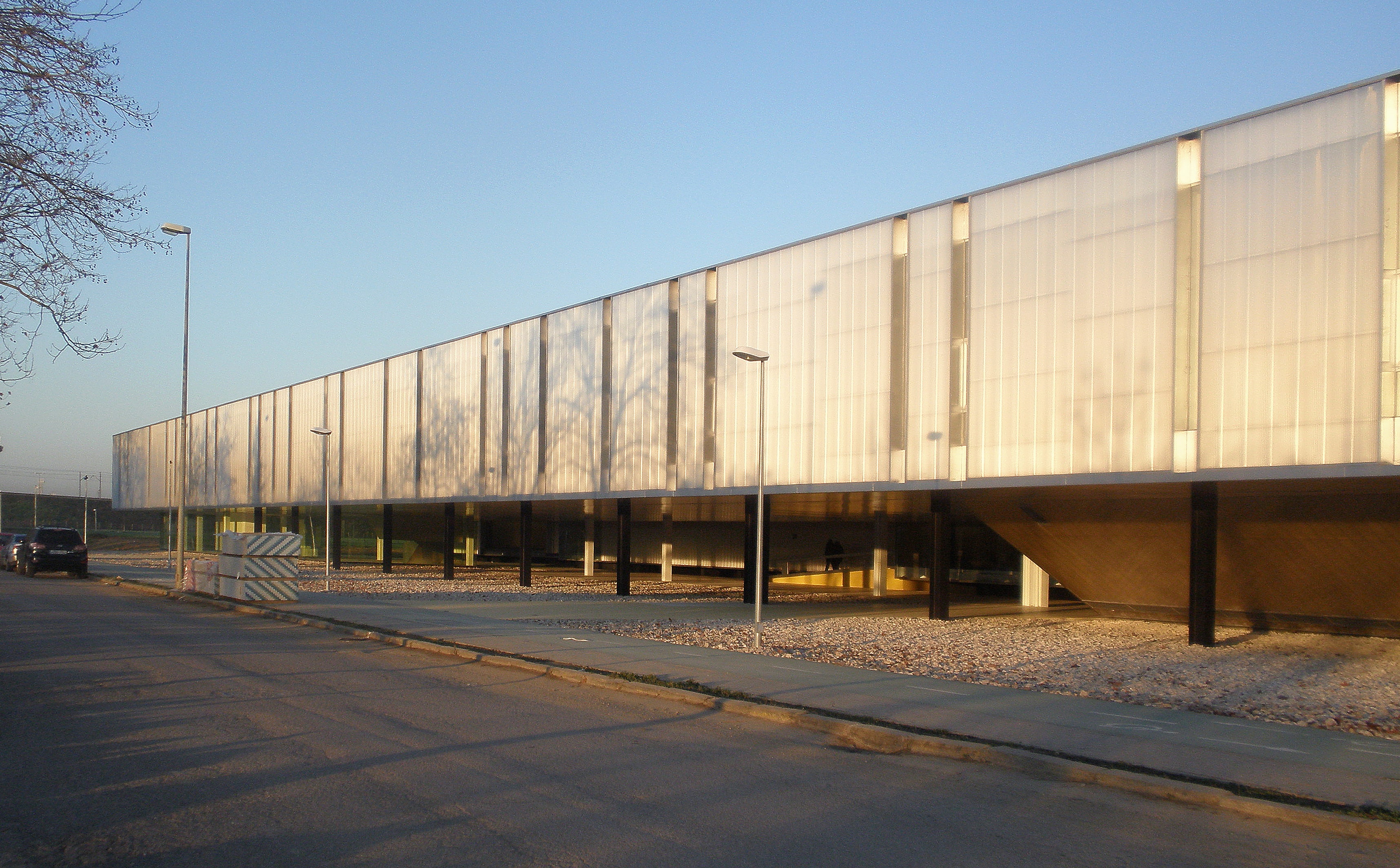
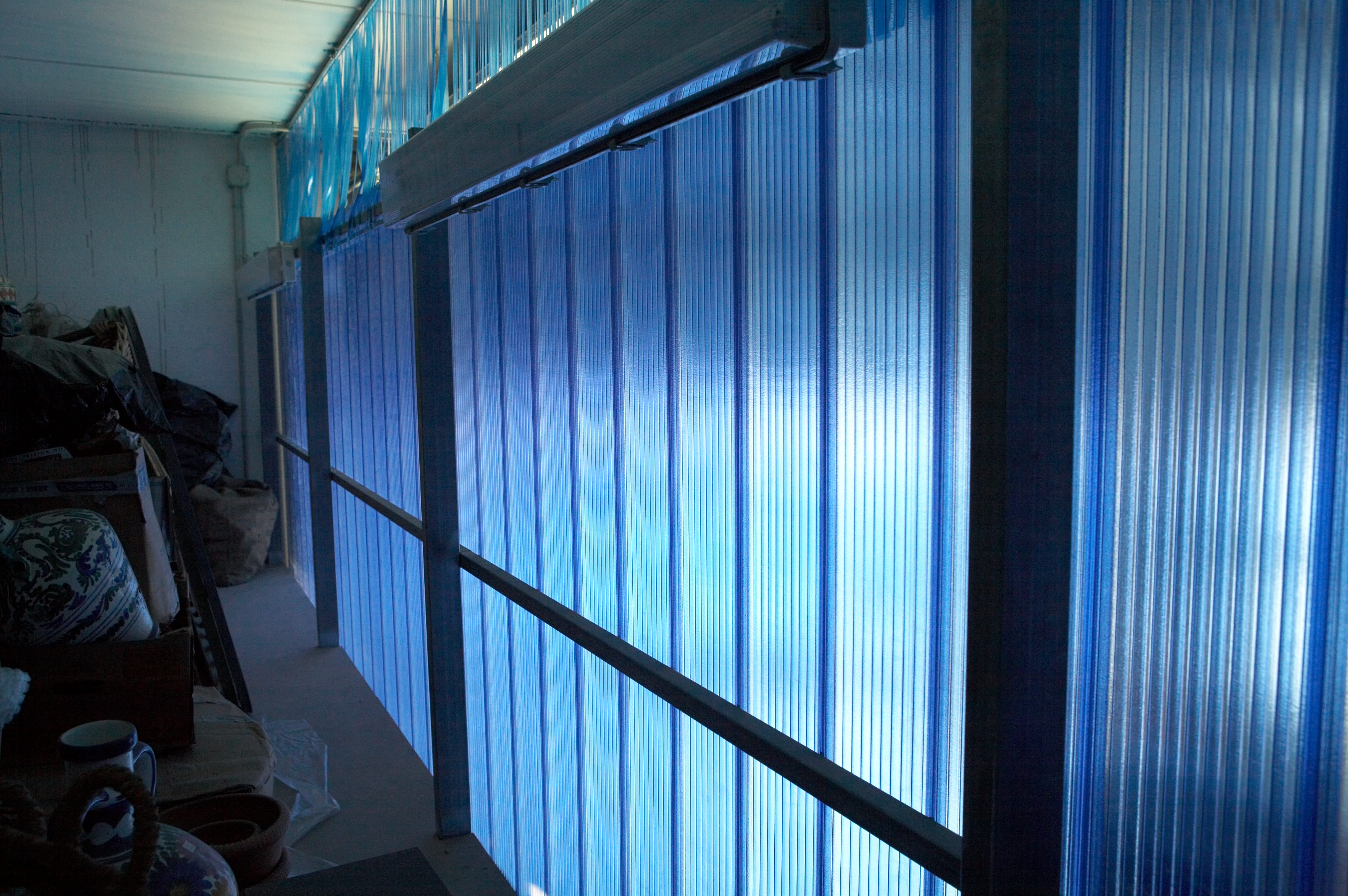

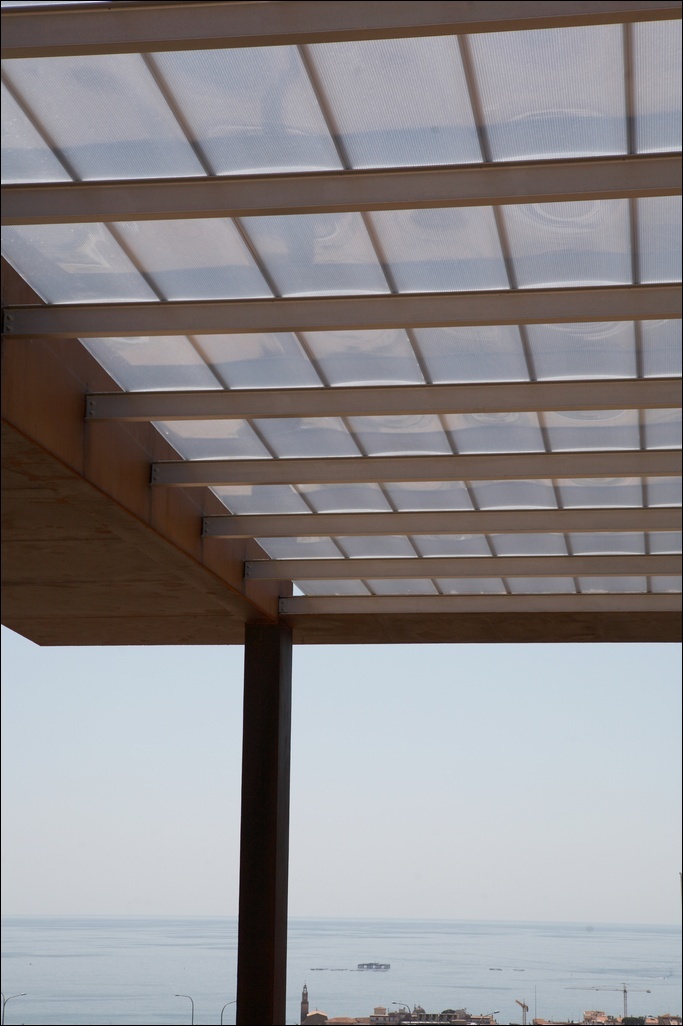
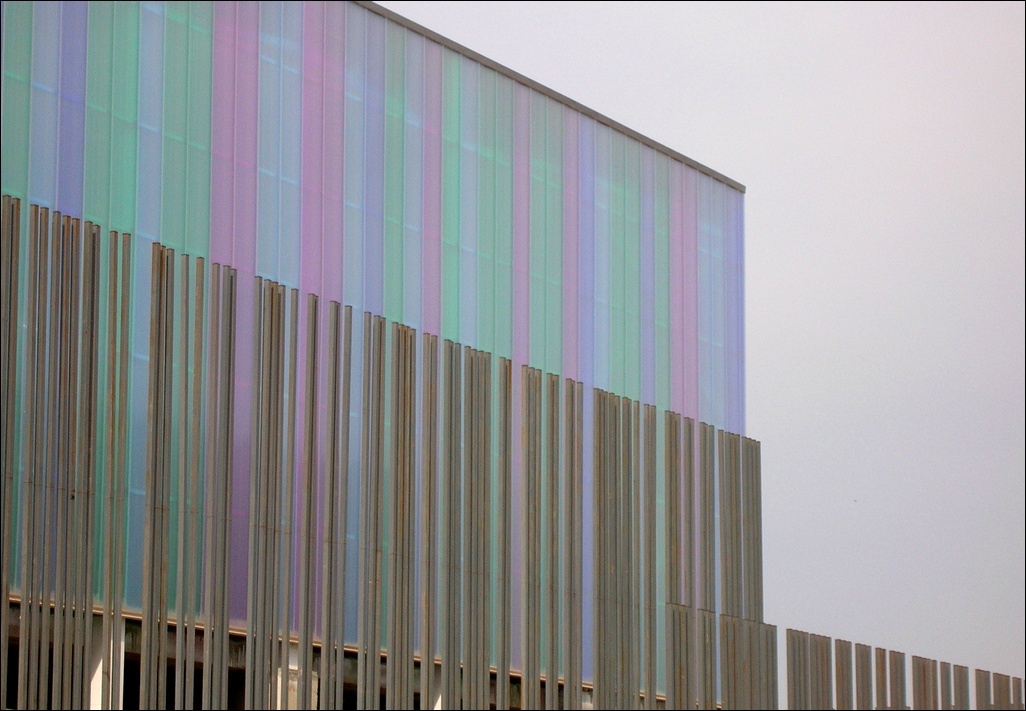
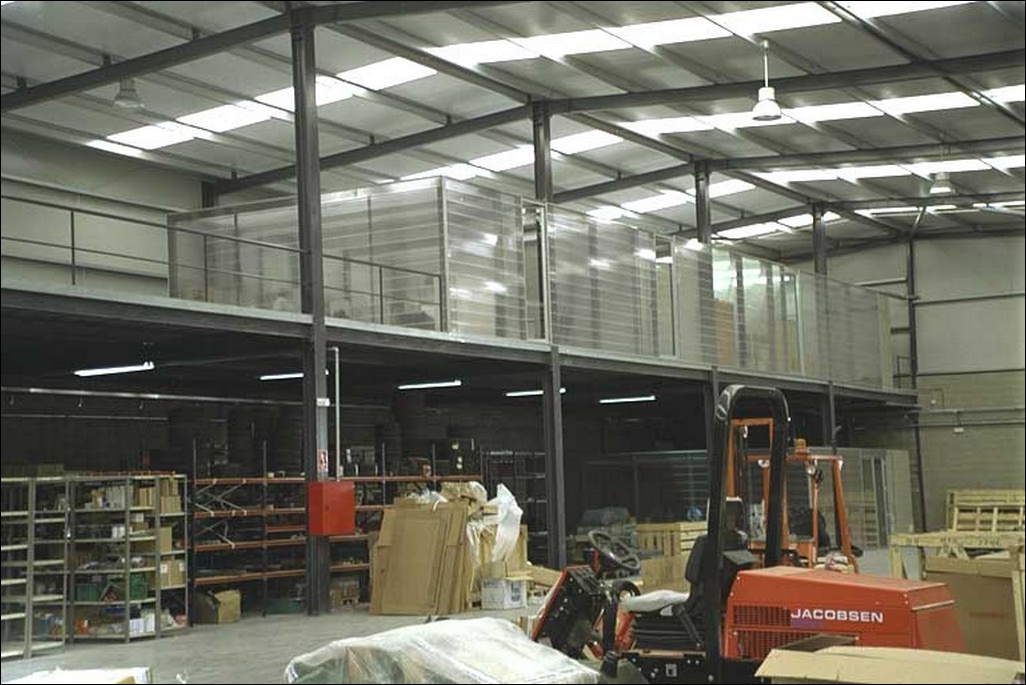
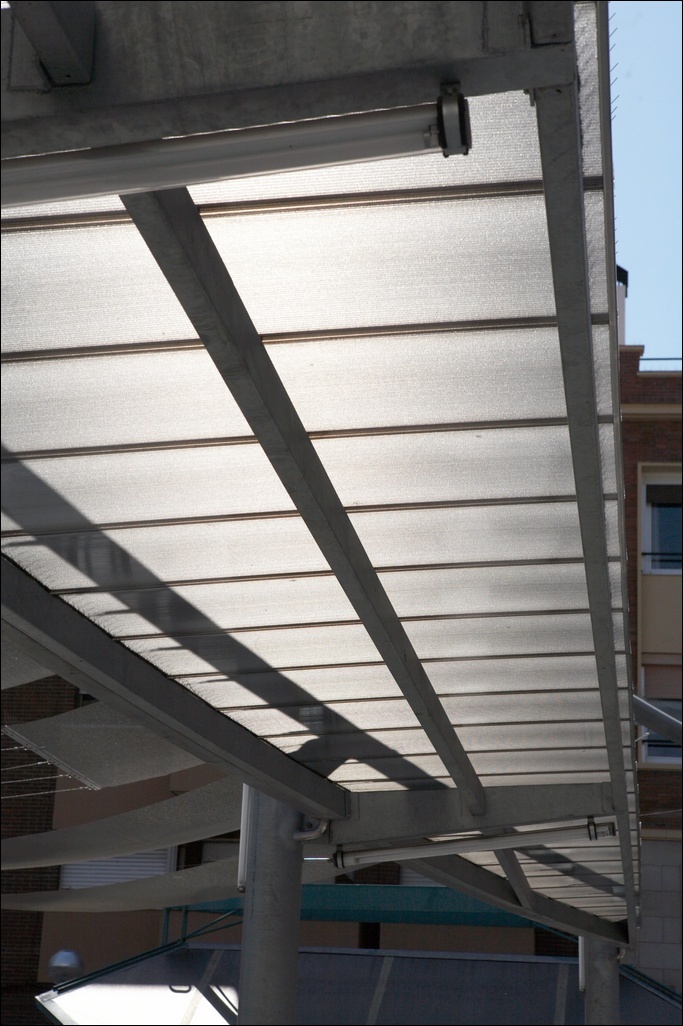
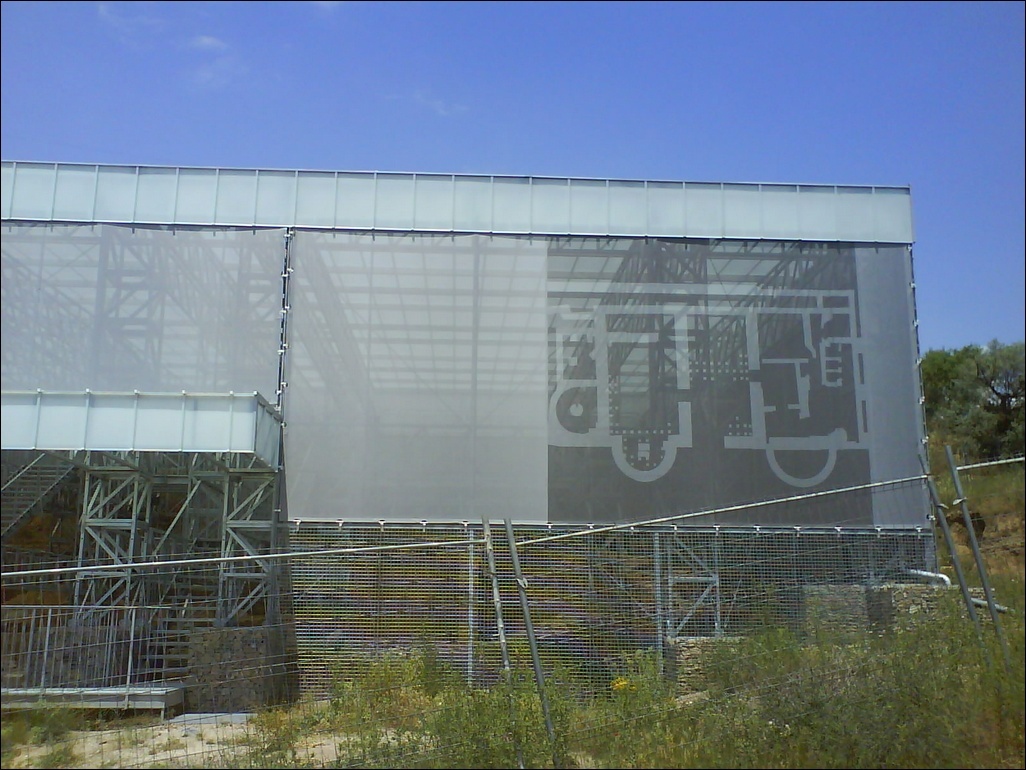


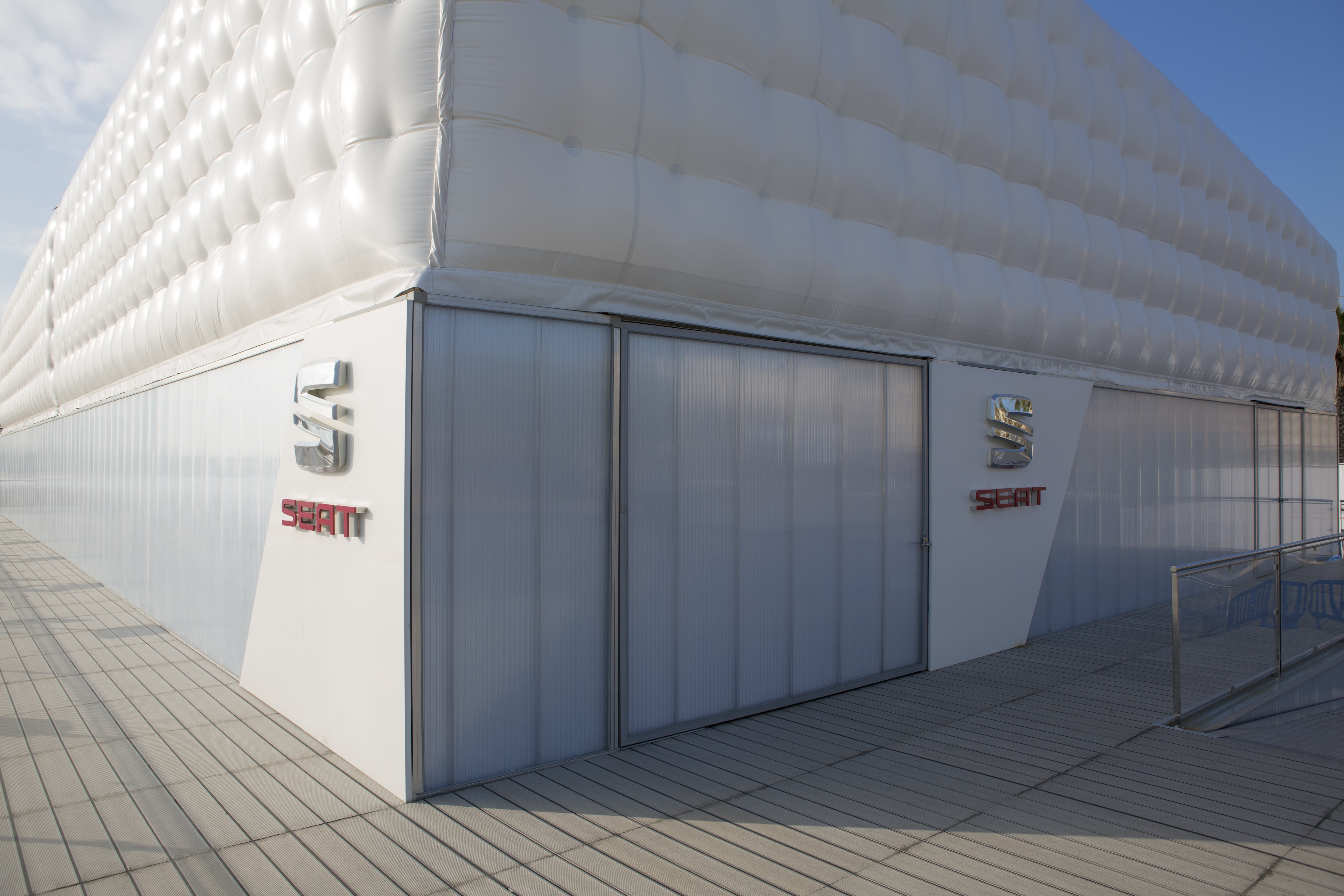
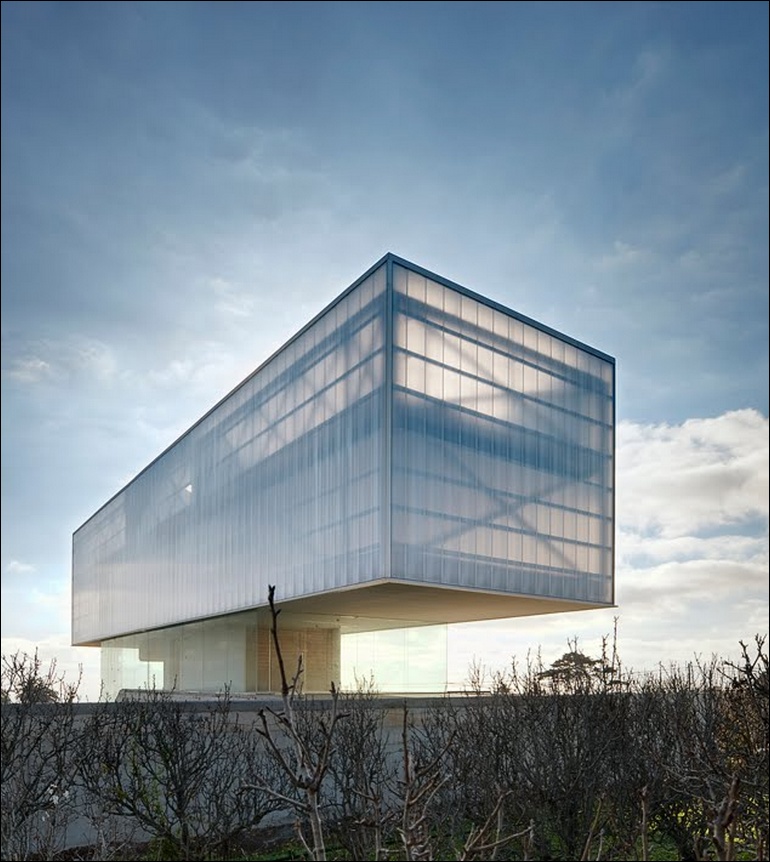


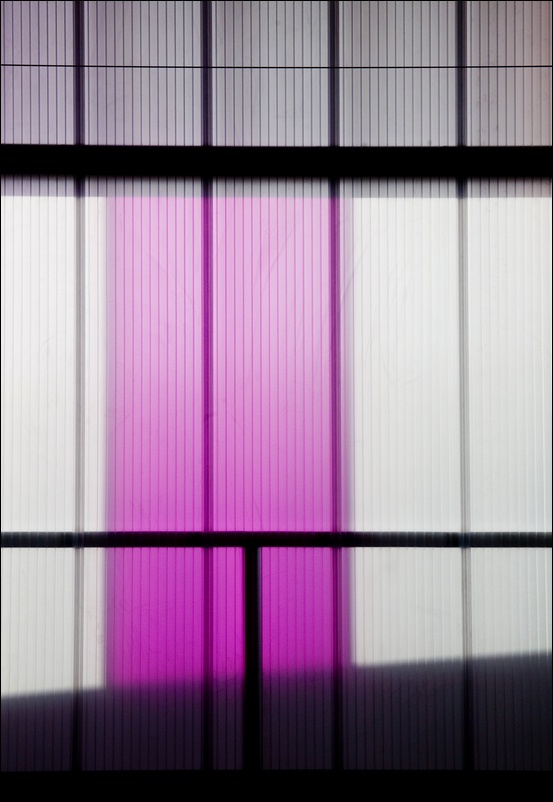
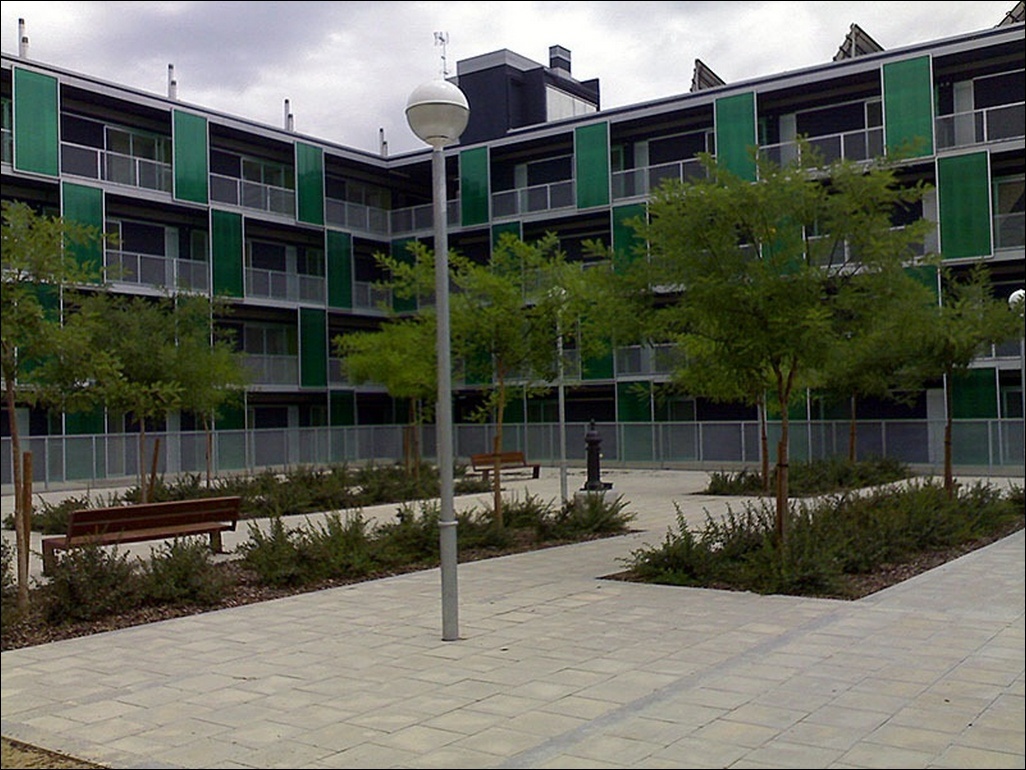

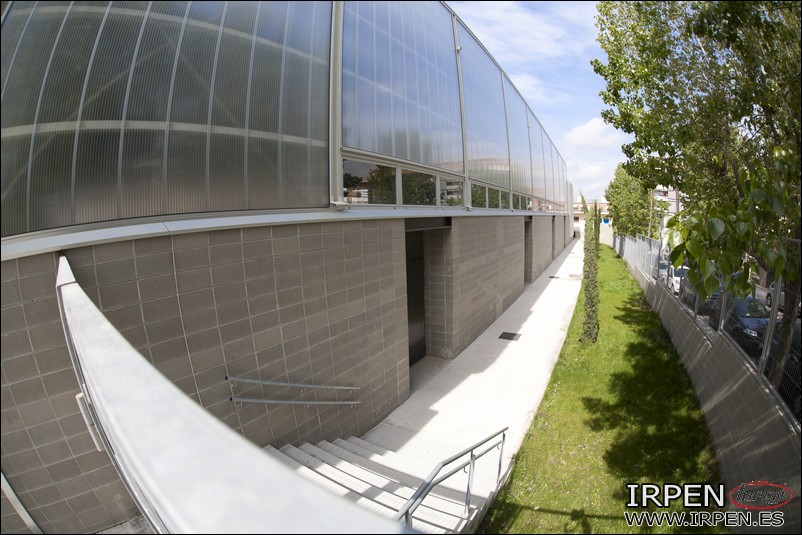

.jpg)
